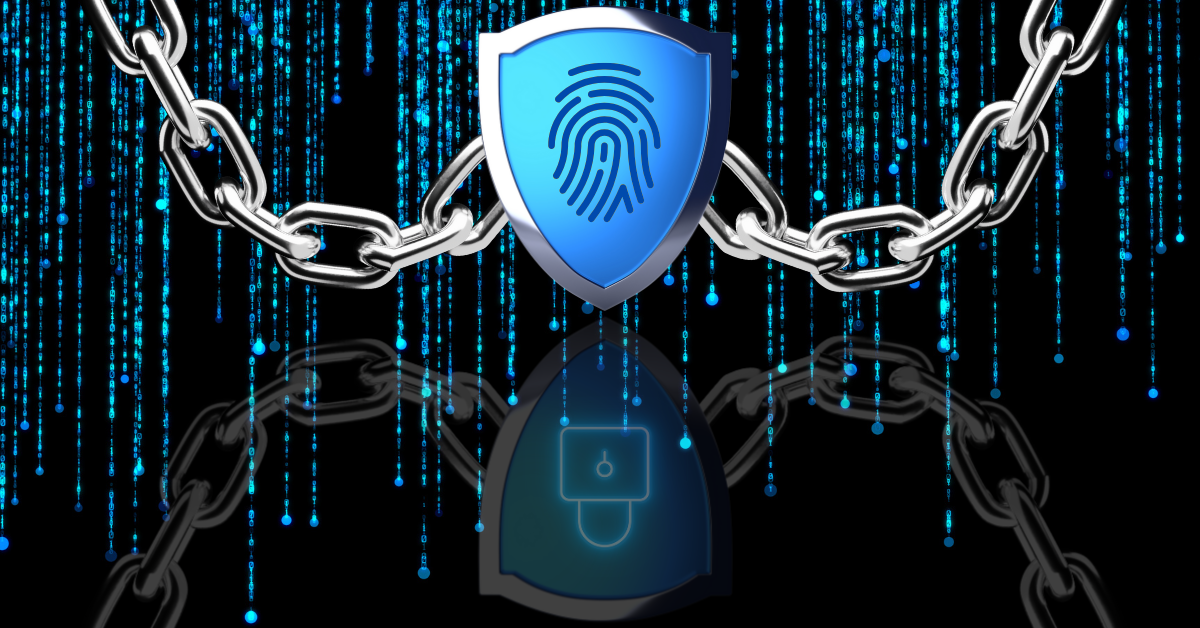Categories
The fusion of blockchain and biometrics is reshaping the landscape of secure identity management. As digital interactions dominate our world, ensuring robust, tamper-proof identity verification is critical. Blockchain’s decentralized and immutable ledger, paired with the unique precision of biometric authentication, offers a powerful solution to combat fraud, enhance privacy, and streamline processes across industries.
This article explores the synergy of blockchain technology and biometric systems, delving into their technical underpinnings, real-world applications, and future potential in creating secure, user-centric identity frameworks.

Blockchain technology is a decentralized, secure method of recording data across a network of computers, using a chain of blocks that contain timestamped transactions or information. Each block is linked to the previous one, making it tamper-resistant and transparent, as all participants in the network have access to the same data. It is best known as the foundation for cryptocurrencies like Bitcoin, but it also has applications in supply chain management, smart contracts, and data security.
Key Features:
Biometric authentication verifies identities using unique traits, offering a secure alternative to passwords. This section introduces its categories and advantages in blockchain biometrics.
External, structural features like fingerprints or hand geometry.
Internal biological traits, such as iris patterns or DNA.
Action-based patterns, like voice or typing rhythm.
Advantages: High accuracy, resistance to forgery, and user-friendly when implemented effectively.
Blockchain biometrics leverages blockchain’s decentralized storage to secure biometric templates, ensuring only authorized users can access or verify identities, making it a powerful framework for secure identity management. Biometric data, such as a fingerprint or iris scan, is hashed and stored on a blockchain. During authentication, a new scan is hashed and compared to the stored template, enabling secure verification without exposing raw data.

Scalability is critical for deploying blockchain biometrics in high-transaction environments. This section explores advanced solutions to ensure efficiency and performance.
Blockchain biometrics can handle large-scale systems by leveraging optimized architectures that address the limitations of traditional blockchain networks. Public blockchains, like Ethereum, often face bottlenecks due to high transaction latency and costs, particularly when processing frequent biometric verifications (e.g., fingerprints for mobile banking or iris scans for border control).
To overcome these, blockchain biometrics employs layer-2 protocols, private blockchains, and efficient consensus mechanisms to ensure fast, cost-effective processing. These solutions enable applications like national ID systems, global travel networks, or enterprise authentication platforms to manage millions of biometric verifications seamlessly, supporting both physical and physiological biometrics.
These offload transactions from the main blockchain to sidechains or state channels, significantly increasing throughput. For example, solutions like Lightning Network or Optimistic Rollups can process thousands of biometric verifications per second, reducing latency for physical biometrics like fingerprints in high-traffic environments (e.g., stadium access control).
Unlike public blockchains, private or permissioned blockchains (e.g., Hyperledger Fabric) offer higher transaction speeds and lower costs by limiting access to authorized nodes. This is ideal for enterprise applications, such as hospitals using physiological biometrics (e.g., iris scans) for patient identification, where scalability and data privacy are paramount.
Traditional Proof of Work (PoW) is resource-intensive, slowing down blockchain biometrics. Alternatives like Proof of Stake (PoS) or Delegated Proof of Stake (DPoS) reduce computational overhead, enabling faster consensus for biometric data verification. For instance, PoS can support real-time verification of facial recognition data in global travel systems.
This technique partitions the blockchain into smaller segments, allowing parallel processing of biometric transactions. Sharding can enhance scalability for national ID systems, where millions of users authenticate using physical or physiological biometrics simultaneously.
Large biometric templates (e.g., high-resolution iris scans) can be stored off-chain in secure databases, with only their cryptographic hashes recorded on the blockchain. This reduces on-chain data load while maintaining security, enabling scalability for high-volume applications.
The future of blockchain biometrics is promising, with emerging trends enhancing its capabilities. This section highlights key developments.
Enhance privacy by verifying data without exposure.
Improves accuracy of biometric recognition, especially for physiological traits.
Empowers users to control their biometric data.
The integration of blockchain and biometrics, encompassing physical, physiological, and behavioral traits, is redefining secure identity management. By combining blockchain’s immutability with biometrics’ uniqueness, this synergy delivers unparalleled security, privacy, and interoperability. As challenges like scalability, spoofing, and ethics are addressed through innovation, blockchain biometrics will pave the way for a future where identity verification is seamless, trustworthy, and user-empowered, heralding a new era of digital trust.